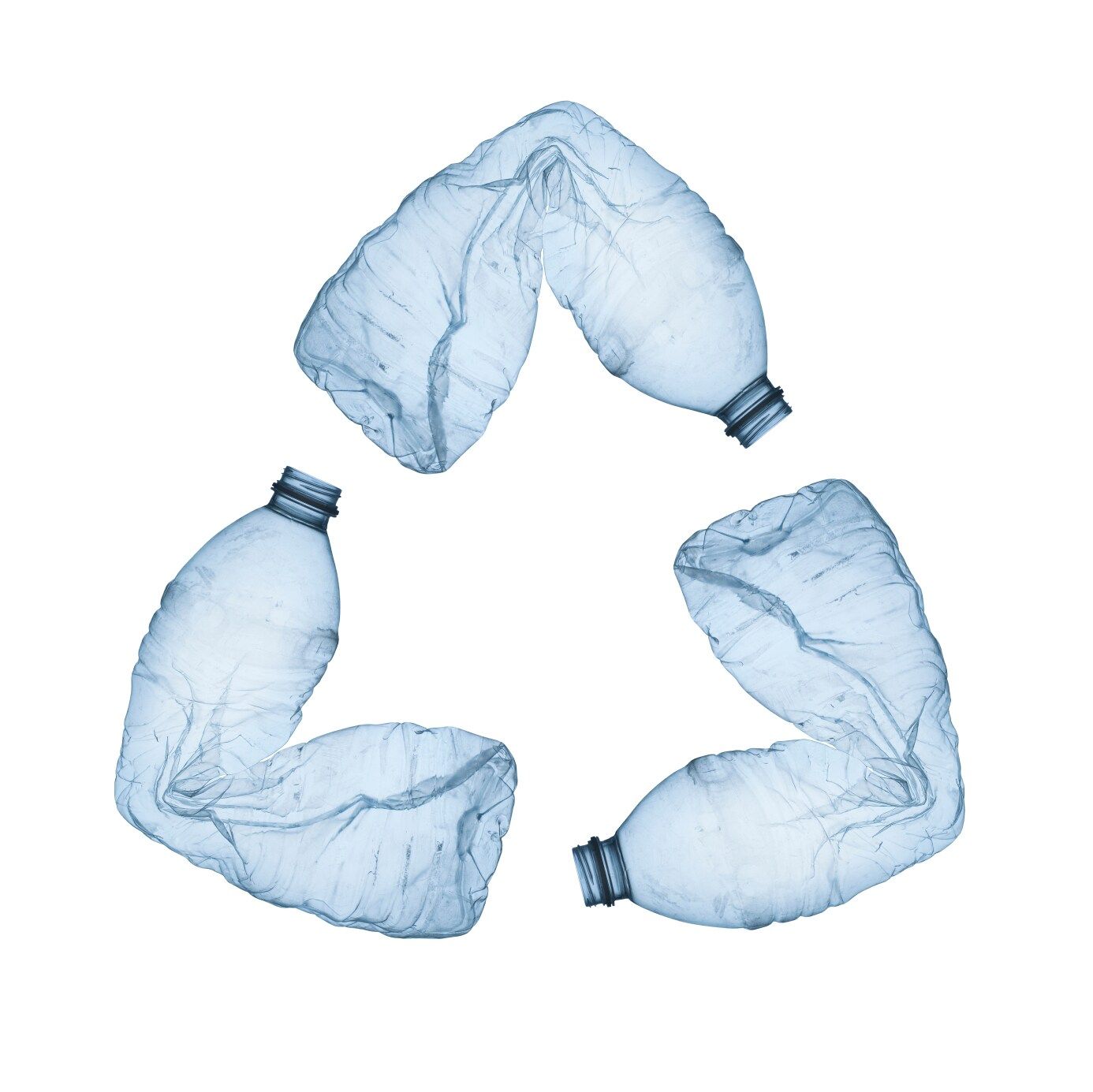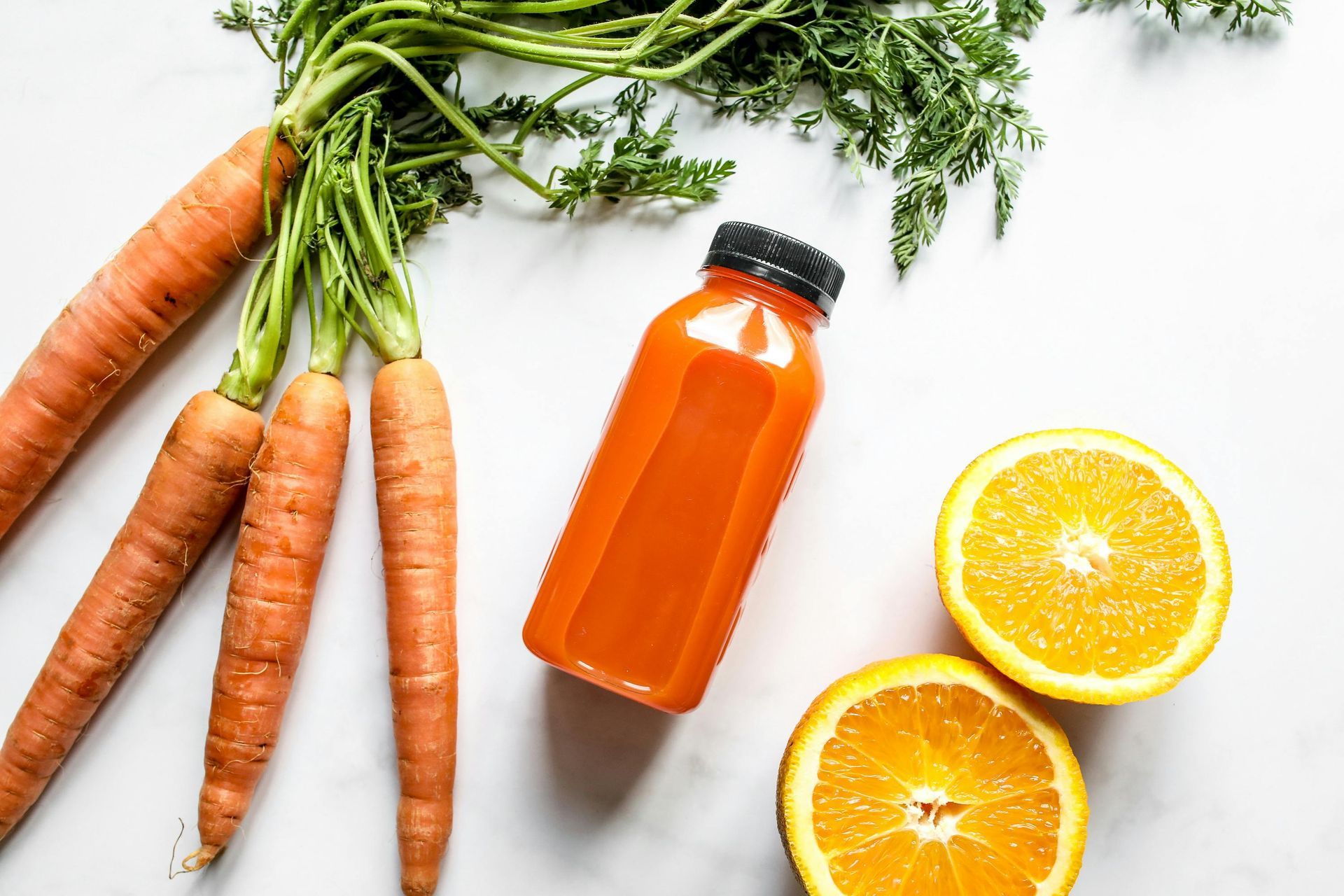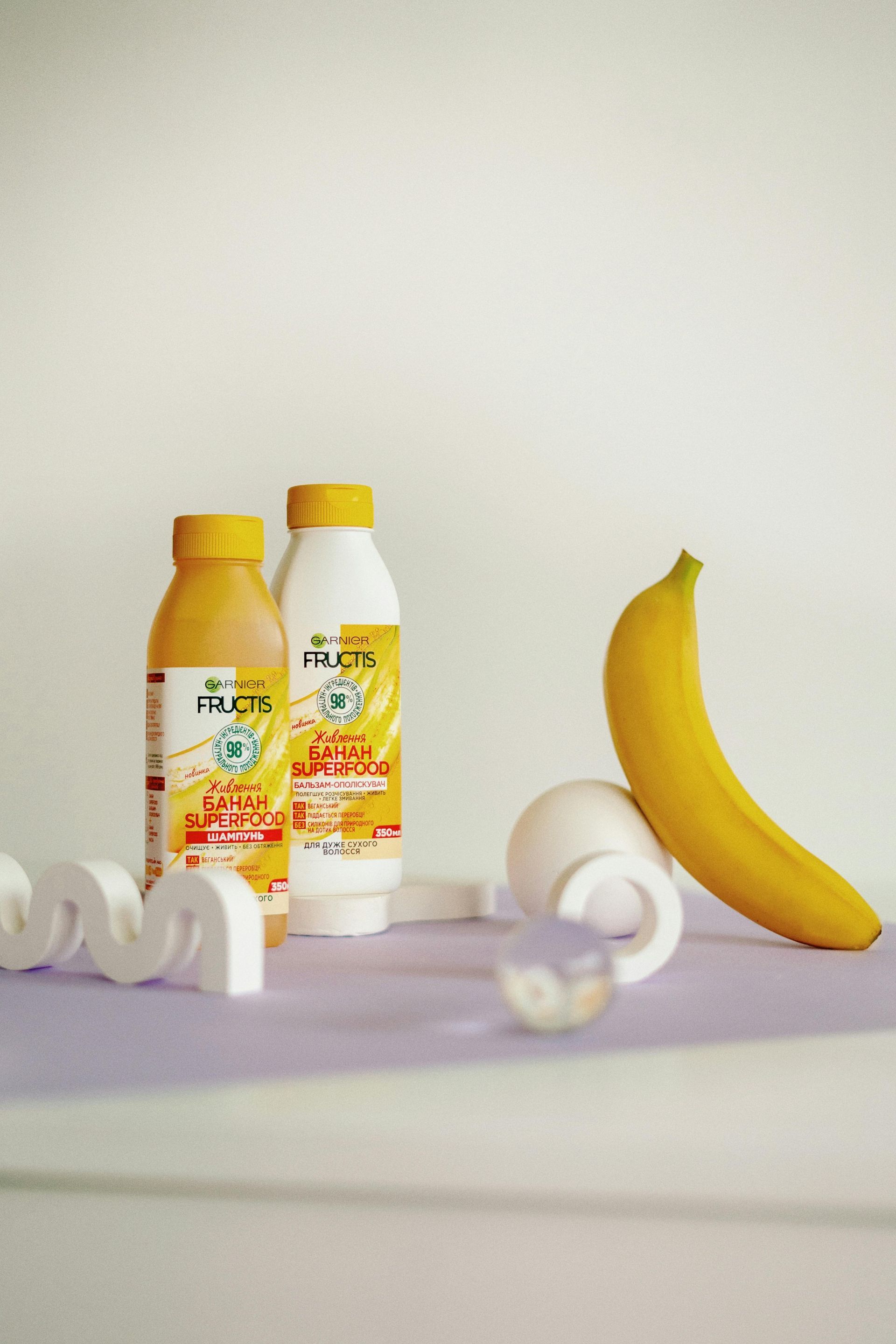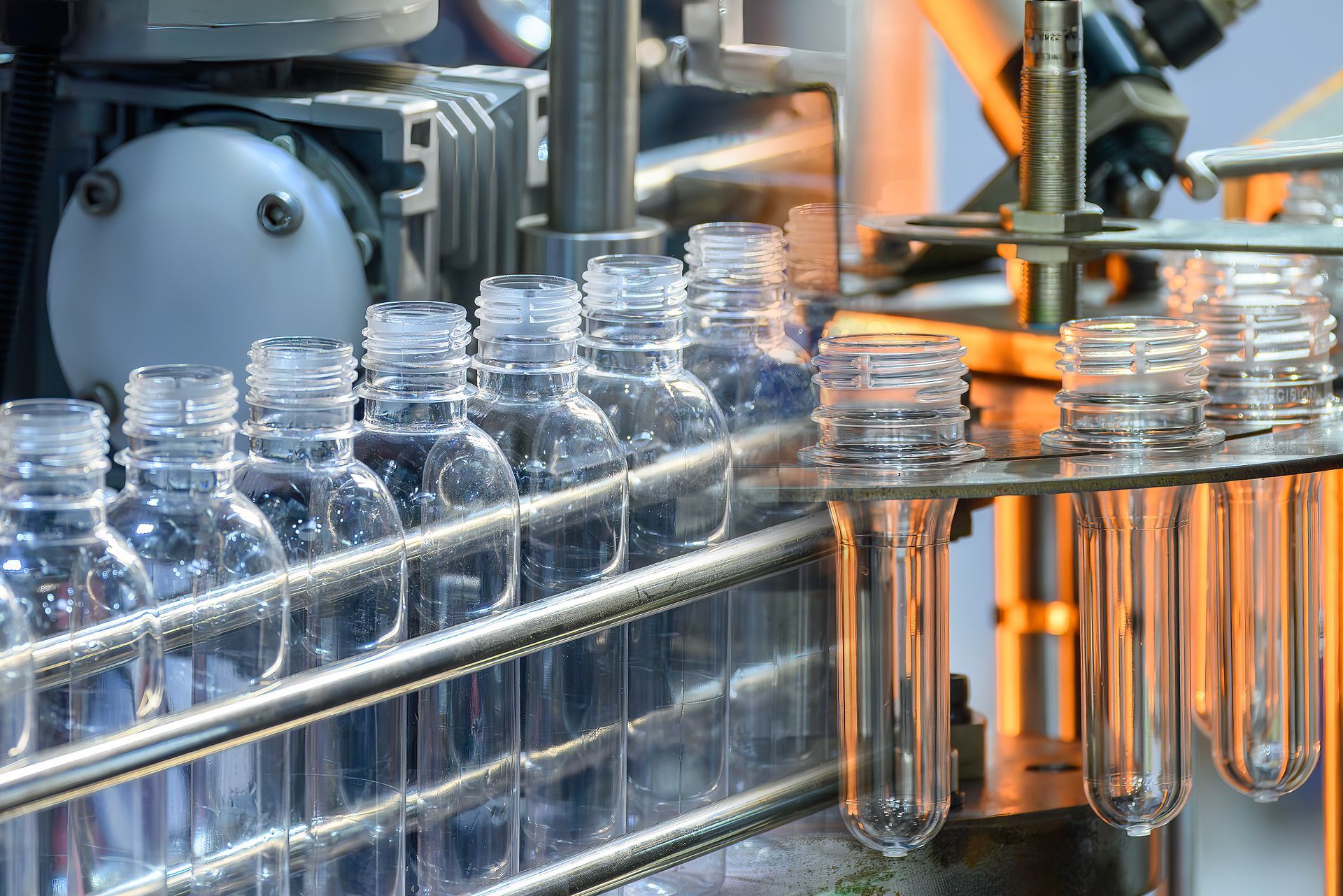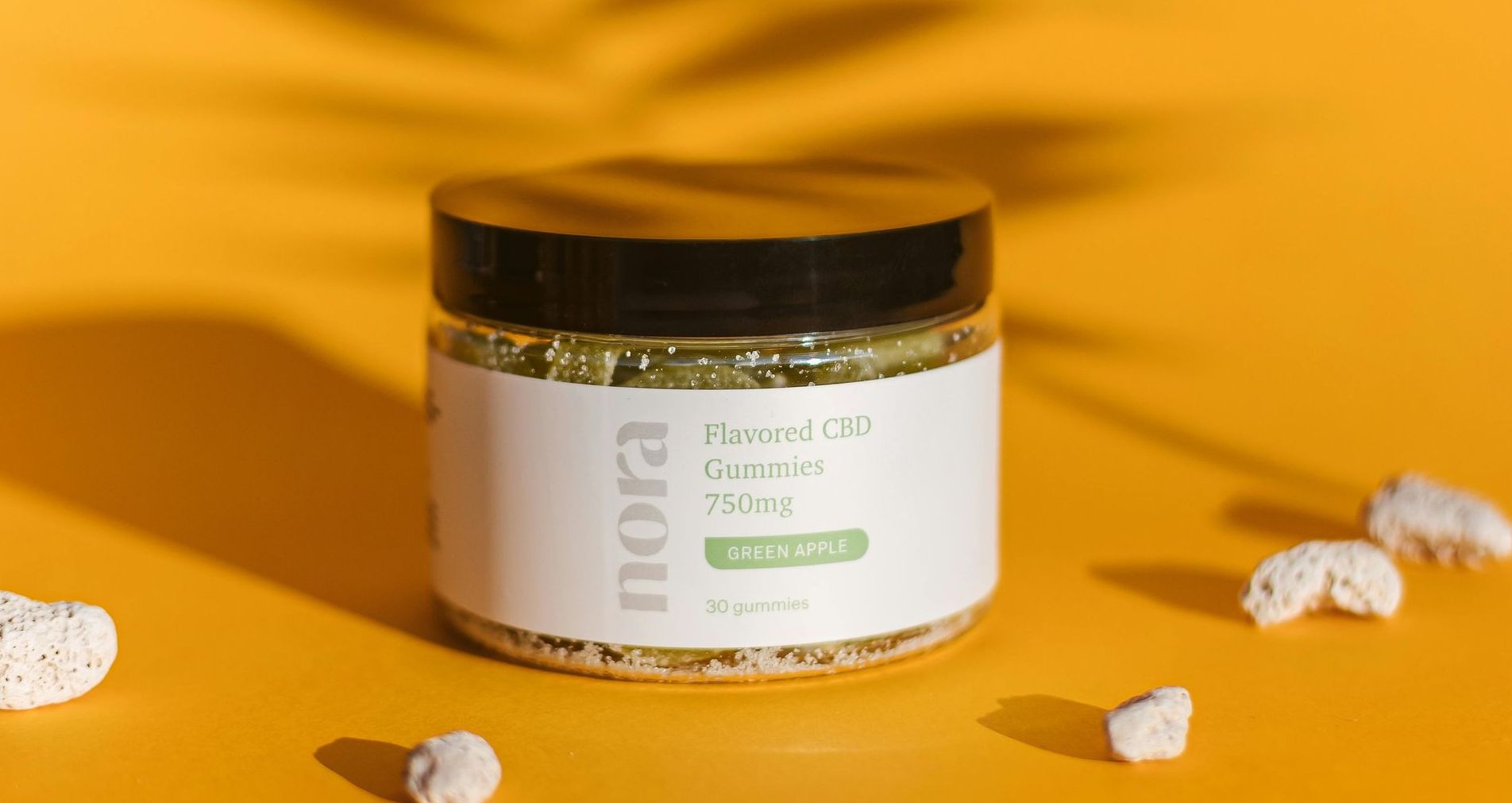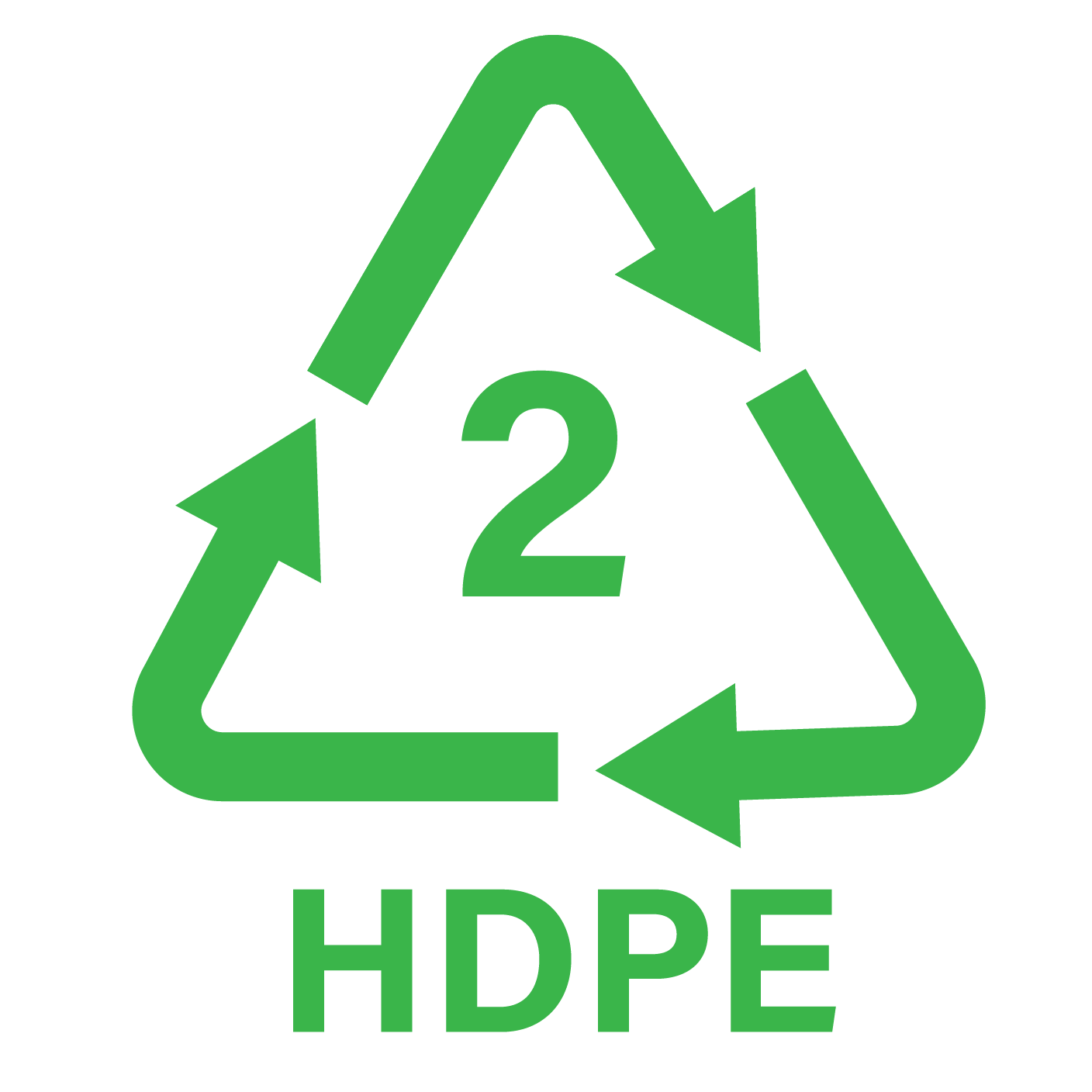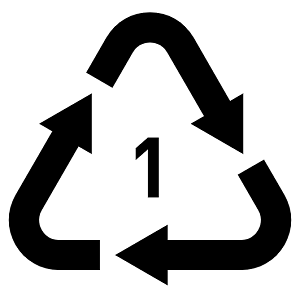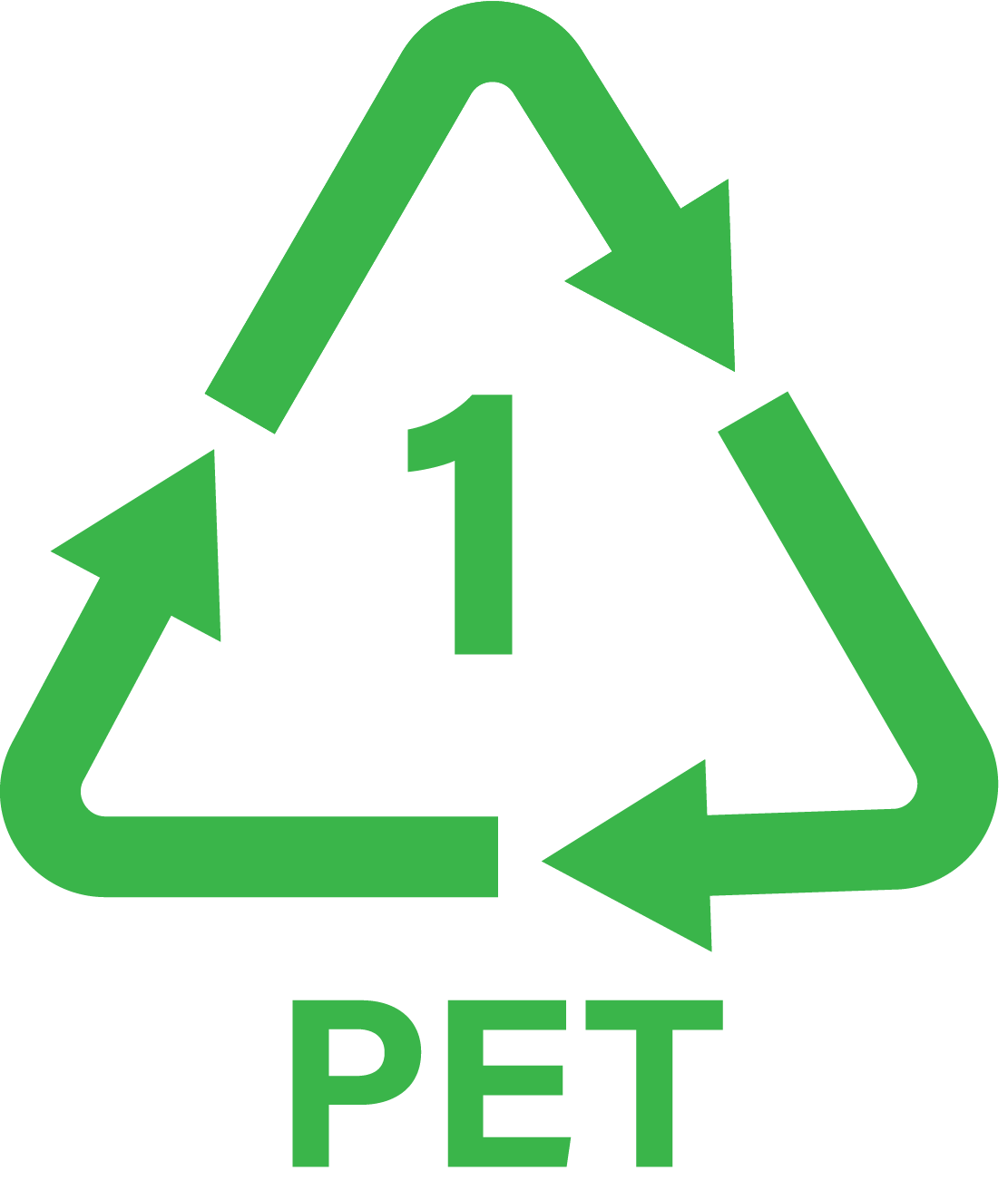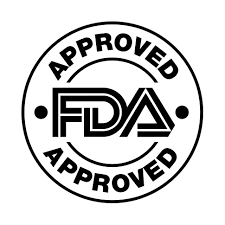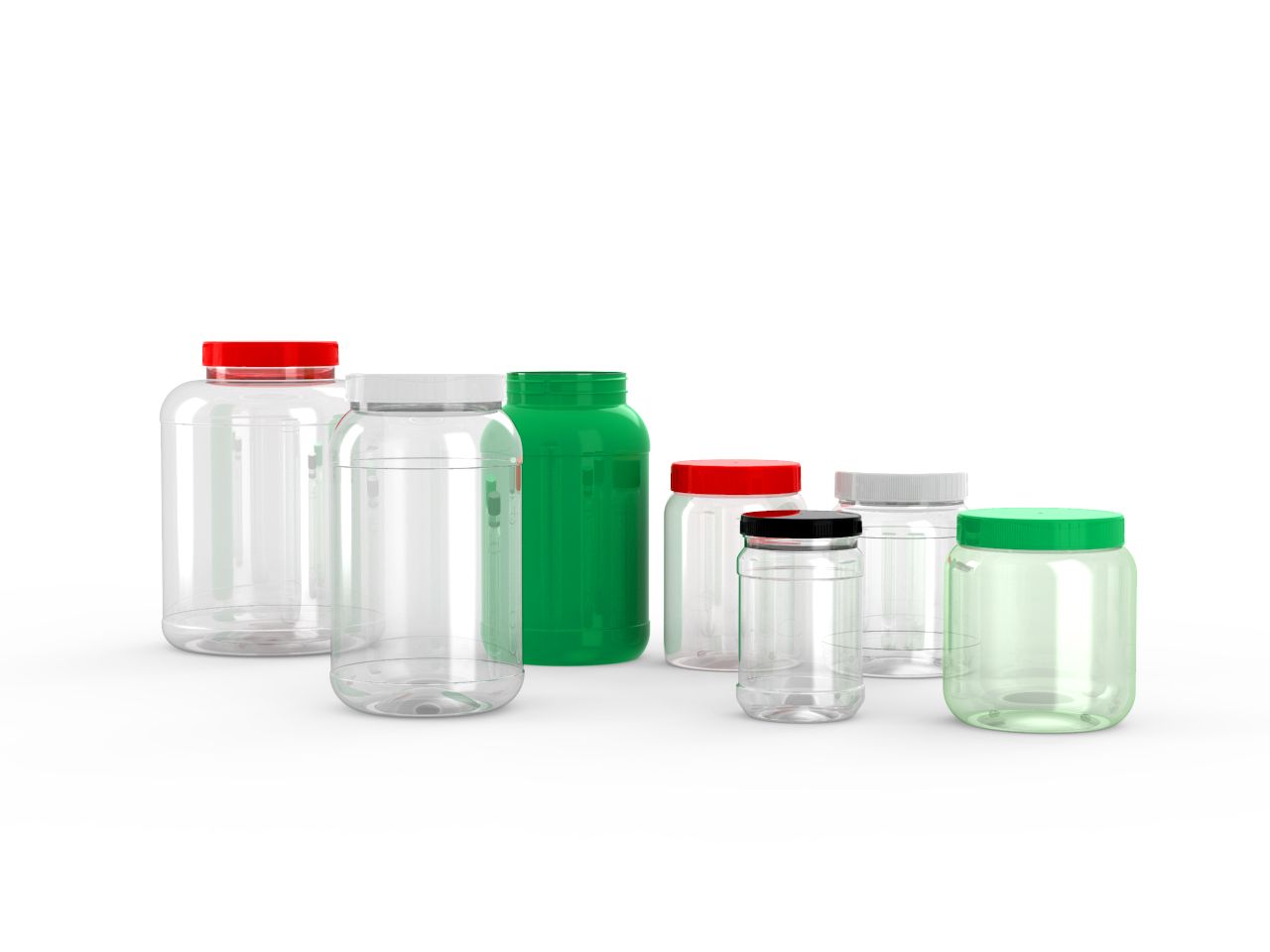Understanding the Differences Between PET and rPET Plastic
What's the Difference Between PET and rPET Plastic?
In a world where environmental sustainability remains a hot-button topic, the choice between PET (polyethylene terephthalate) and rPET (recycled polyethylene terephthalate) plastics has become a significant topic of conversation. A lot of folks tend to use the two terms interchangeably, but the fact is that there is a significant difference between them with regards to production processes and environmental impacts. In this article, we'll be exploring the key distinctions between PET and rPET plastics, shedding light on the implications for the planet.
Raw Materials and Production Process
PET Plastic
- Affordability. Derived from petrochemicals, PET is cost-effective and widely accessible, making it a popular choice for various industries.
- Versatility. PET's production process involves creating polymer chains, resulting in a versatile and lightweight plastic ideal for a range of applications.
rPET Plastic
- Sustainability. Made from recycled PET materials, rPET reduces the demand for new raw materials and minimizes the environmental impact associated with traditional plastic production.
- Circular Economy. The recycling process involves collecting, cleaning, and processing used PET products, contributing to the development of a circular economy.
Environmental Impact
PET Plastic
- Energy Intensive. The production of PET from raw materials requires significant energy and contributes to carbon emissions.
- Waste Generation. Although it can be recycled and repurposed, the improper disposal of PET products can lead to environmental pollution and contribute to the growing plastic waste crisis.
rPET Plastic
- Energy Savings. While the recycling process requires energy, rPET is considered more sustainable as it conserves resources and reduces the reliance on non-renewable energy sources.
- Waste Reduction. Recycling PET into rPET diverts plastic waste from landfills, addressing concerns about environmental pollution and contributing to a more sustainable waste management system.
End-of-Life Options
PET Plastic
- Long Decomposition. One of PET plastic's chief strengths is its ability to be recycled. Unfortunately, when it does end up in a landfill, it can take hundreds of years to decompose, contributing to long-term environmental impact. PET plastic is 100% recyclable.
rPET Plastic
- Extended Life Cycle. rPET extends the material's life cycle, creating a closed-loop system where plastic is reused and recycled, reducing the environmental burden associated with plastic disposal.
Consumer Perception and Market Trends
PET Plastic
- Familiarity. Consumers are accustomed to PET in various products, and its affordability often appeals to price-conscious markets. In addition, the ability to recycle PET into rPET gives it an edge in the minds of eco-minded consumers.
- Market Dominance.
PET holds a strong presence in the market due to its widespread use and versatility.
rPET Plastic
- Sustainability Appeal. With an increasing focus on environmental issues, consumers are showing a growing preference for products made from recycled materials, giving rPET a competitive edge.
- Eco-Friendly Brands. Businesses embracing rPET demonstrate a commitment to sustainability, appealing to eco-conscious consumers and contributing to a positive brand image.
TLDR: Balancing Practicality and Sustainability
In the PET vs. rPET debate, it's evident that each material has its own strengths and weaknesses. PET is valued for its affordability and versatility, while rPET shines in terms of sustainability and reduced environmental impact. Striking a balance between practicality and sustainability is key to navigating the complexities of packaging material choices. As consumers, businesses, and industries embrace recyclable and recycled materials, they play a pivotal role in fostering a greener, more sustainable future. Whether it's the familiarity of PET or the eco-friendly appeal of rPET, the choices we make today shape the world we pass on to future generations.
Browse Plascene's online catalog to see all of the PET and rPET plastic packaging options we have available.

